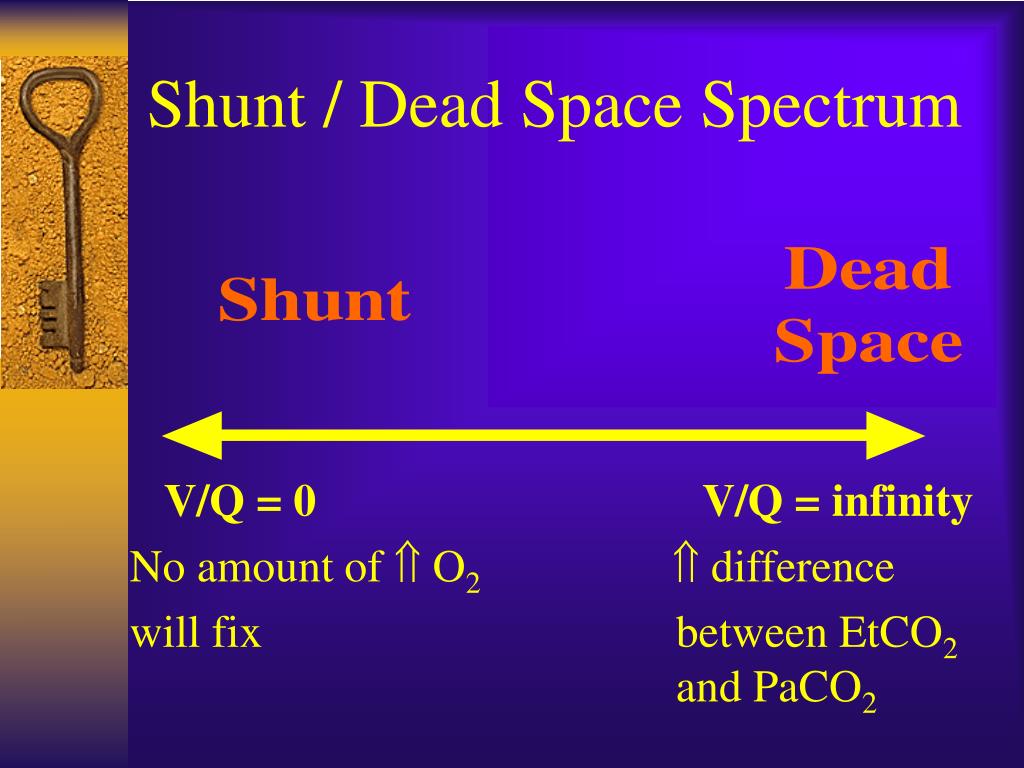

An adequate tidal volume must include enough volume to also fill the deadspace, otherwise not enough air enters the alveoli and the patient hypoventilates.Ī healthy teenage boy weighing 60 kg (132 lb) will have about 360 ml of alveolar ventilation. It’s highest in the infant at 3 ml/kg ideal body weight and is about 2 ml/kg in older children and adults. It’s called anatomic because it’s fixed by anatomy and doesn’t change.Ībout a third of each normal breath we take is anatomic dead space, which means that a third of each breath is essentially wasted.

It consists of conducting airways such as the trachea, bronchi, and bronchioles -structures that don’t have alveoli. Anatomic Dead SpaceĪnatomic deadspace consists of the parts of the respiratory tract that are ventilated but not perfused. They all impact how well a patient ventilates. There are three types of dead space: anatomic, physiologic, and that dead space belonging to any airway equipment being used to assist ventilation. Dead space is the portion of the respiratory system where tidal volume doesn’t participate in gas exchange: it is ventilated but not perfused. One important contributor to ventilation perfusion mismatch is dead space. It will help you understand how you can use these concepts to care for your patient. This article will describe how dead space is different from shunt. Physiologic dead space is ventilation of poor perfused alveoli. V d V t = P A C O 2 − P e C O 2 P A C O 2 Ī common step is to then presume that the partial pressure of carbon dioxide in the end-tidal exhaled air is in equilibrium with that gas' tension in the blood that leaves the alveolar capillaries of the lung.Shunt is perfusion of poorly ventilated alveoli. The original formulation by Bohr, required measurement of the alveolar partial pressure P A. The Bohr equation is used to quantify the ratio of physiological dead space to the total tidal volume, and gives an indication of the extent of wasted ventilation. It differs from anatomical dead space as measured by Fowler's method as it includes alveolar dead space. This is given as a ratio of dead space to tidal volume. The Bohr equation, named after Danish physician Christian Bohr (1855–1911), describes the amount of physiological dead space in a person's lungs.

Not to be confused with the Bohr model or the Bohr effect.


 0 kommentar(er)
0 kommentar(er)
